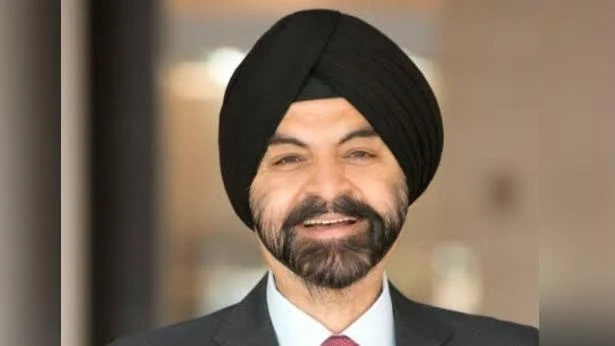More adults in low- and middle-income countries now have financial accounts, according to the World Bank Group's Global Findex 2025 report. This increase is attributed to mobile-phone technology, with 10% of adults using a mobile-money account to save—a 5-percentage point rise since 2021.
In 2024, 40% of adults in developing economies saved in a financial account, marking a significant increase from previous years. Sub-Saharan Africa saw formal savings rise by 12 percentage points to reach 35%.
“Financial inclusion has the potential to improve lives and transform entire economies,” said World Bank Group President Ajay Banga. He emphasized the role of digital finance and outlined the organization's efforts in providing access to digital IDs, constructing social protection programs, modernizing payment systems, and removing regulatory barriers.
Bill Gates, Chair of the Gates Foundation, commented on the progress made: “More people than ever have the financial tools to invest in their futures and build economic resilience.” He stressed that investing in inclusive financial systems is crucial for unlocking opportunities.
The Global Findex highlights that nearly 80% of adults worldwide now have a financial account. However, about 1.3 billion adults still lack access. Mobile phones could bridge this gap as approximately 900 million adults without accounts own a mobile phone.
Investment in instant money transfer systems like UPI in India or PIX in Brazil could further expand financial usage. The data also show progress in narrowing the gender gap globally; women's account ownership has significantly increased.
For the first time, data on personal mobile-phone ownership and internet use are included. Globally, 86% of adults owned a mobile phone. Despite rising digital transactions via phones, security remains an issue as only half use passwords for protection.
Regional highlights include East Asia and Pacific leading in digital connectivity; Europe and Central Asia having high internet usage; Latin America seeing over half its population using accounts digitally; Middle East showing growth in formal saving; South Asia driven by India's high account ownership rate; and Sub-Saharan Africa having notable growth in mobile money usage.

